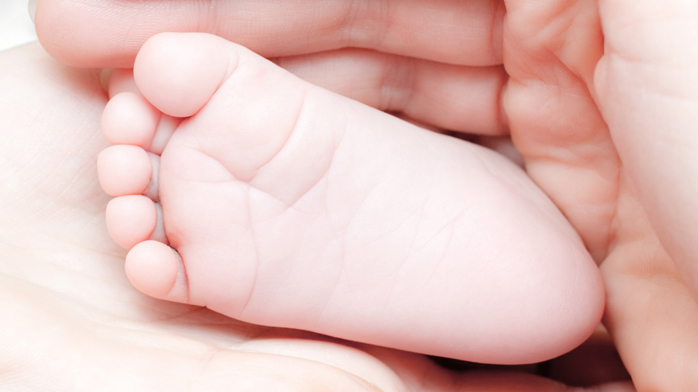Paediatric karyotypes
Chromosome analysis in children can tell us why a child has a certain disease

How can we help you?
Non-obligation guidance
Karyotypes can be used to diagnose the chromosomal causes of certain diseases. Twelve percent of congenital abnormalities (present at birth) are caused by chromosomal abnormalities. There are two types: numerical abnormalities (for example, in Down's syndrome or Turner syndrome) and structural abnormalities such as translocations, inversions, duplications and deletions.
What is a paediatric karyotype?
A karyotype is a person’s set of chromosomes. Human beings have 46 chromosomes (23 pairs). One of those pairs is the one that differentiates between the two sexes (XY for males and XX for females). Chromosomes contain a person's entire genetic information. Therefore, a karyotype is nothing more than the way in which that information is organised and arranged.
What is a paediatric karyotype used for? What is its purpose?
The chromosomes in each species have a specific structure both in terms of shape and in terms of size, like personal banding when they are stained in a laboratory. This makes it possible to identify them and to understand if all the necessary genetic information is present and if it is present in the correct order.
Obtaining a person's karyotype allows us to understand if that person has all the genetic information that is present in human beings or if he or she has any kind of excess or defect. It also tells us if that information is arranged in the right way or, in other words, if each chromosome has the correct structure. Abnormalities both in the structure and in the number of chromosomes can cause abnormalities such as Down's syndrome (trisomy 21).
What does a paediatric karyotype entail?
A blood test needs to be taken in order to obtain a karyotype. A blood sample is used in the laboratory to generate lymphocyte culture. The chromosomes compact as much as possible and their quantity and structure can be observed under a microscope. Once they have been observed, it is possible to determine if there is any kind of numerical or structural abnormality.
There is a diagnostic technique that is much more sensitive and efficient than the conventional karyotype. It reaches diagnosis levels that are 10 times greater than a karyotype and it is known as DNA microarray or array CGH. A small amount of DNA obtained from a sample of the patient's blood is needed in order to perform the technique. Microarray allows us to detect small changes in genetic material that cannot be detected using conventional karyotype techniques. DNA arrays for postnatal studies can also include an analysis of certain genetic syndromes that can affect a baby’s quality of life or that can clarify previously unexplained malformations or abnormalities.
When are karyotypes and microarray advisable?
A conventional karyotype is advised for any child with a malformation or abnormality so that that cause of that malformation or abnormality can be diagnosed. In certain cases such as neurological abnormalities, heart disease or psychomotor retardation, a cytogenetic analysis with array CGH is also recommended.